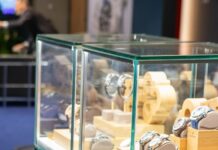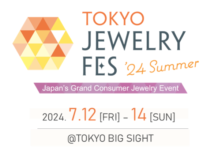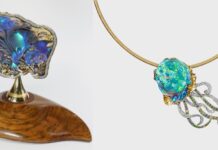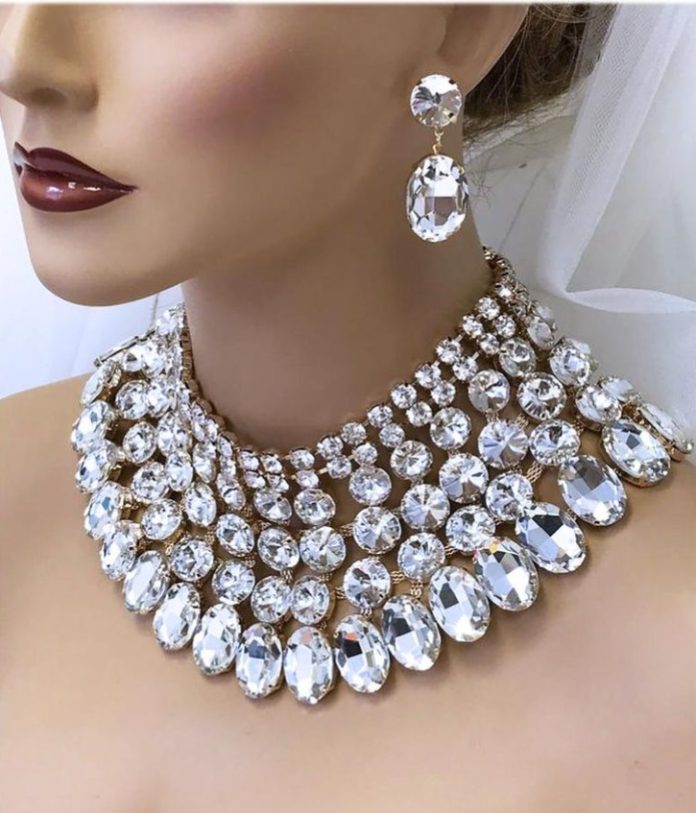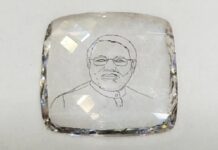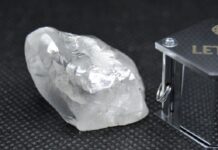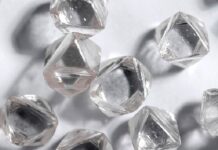A diamond ring is a timeless symbol of love, commitment, and elegance. Whether you are buying an engagement ring, wedding band, or diamond jewelry for yourself or a loved one, choosing the right diamond can feel like an overwhelming task. With so many factors to consider, such as diamond quality, setting, and certification, it can take time to figure out where to start. In this comprehensive buying guide, we’ll walk you through the process of choosing the best diamond ring for your budget and style.
The Four Cs of Diamond Quality
When it comes to diamond quality, the four Cs are crucial to understanding. Cut, color, clarity, and carat weight are the four factors that determine a diamond’s overall quality and value.
Cut refers to the diamond’s proportions, symmetry, and finish, which affects its brilliance and sparkle. A well-cut diamond will reflect the light and have the most brilliant sparkle.
Color refers to the presence or absence of color in a diamond. The less color a diamond has the higher its value. The Gemological Institute of America (GIA) grades diamonds on a scale from D (colorless) to Z (yellow).
Clarity refers to the presence or absence of a diamond’s internal and external flaws or blemishes. The GIA grades diamonds on a scale from Flawless (no inclusions or blemishes visible under 10x magnification) to Included (inclusions visible to the naked eye).
Carat weight refers to the weight of a diamond measured in carats. The larger the diamond, the higher its value. A carat is equivalent to 0.2 grams.
When choosing a diamond, consider which of these factors is most important to you. For example, focus on the cut if you prioritize brilliance and sparkle. If you prefer a colorless diamond, choose one with a high color grade. If you are on a budget, consider a diamond with lower clarity or carat weight.
Lab Diamonds
Another option to consider when buying a diamond is lab-grown diamonds. These diamonds have the same chemical and physical properties as natural diamonds and are often more affordable. Lab diamonds are created in a laboratory setting that simulates the conditions under which natural diamonds are formed.
Lab-grown diamonds also have the advantage of being ethically and environmentally conscious. They are not associated with the conflict diamond trade and are considered more ethical than some natural diamonds. Because they are grown in a lab, they do not require mining, which can have negative environmental and social impacts.
Setting and Metal Options
The setting and metal of a diamond ring are crucial to its overall appearance and durability. Popular setting styles include prong, bezel, channel, and pave. Prong settings hold the diamond in place with metal prongs, while bezel settings surround the diamond with a metal rim. Channel and pave settings use small diamonds to create a continuous line of sparkle around the ring.
When choosing a metal for the ring band, consider the durability and color of the metal. Common options include platinum, gold, and silver. Platinum is the most durable and expensive metal, while gold comes in different colors, such as yellow, white, and rose gold.
Certification and Authenticity
Diamond certification is an essential factor to consider when buying a diamond. A certification from a reputable organization such as GIA, International Gemological Institute (IGI), or American Gem Society (AGS) verifies the quality and authenticity of a diamond. A certificate will detail the diamond’s four Cs and any identifying marks or characteristics that may affect its value.
When buying a diamond, ensure it comes with a certificate from a reputable organization. Additionally, consider inspecting the diamond by an independent appraiser to verify its quality and value. An appraiser can also confirm the authenticity of the diamond and identify any treatments or enhancements that may affect its value.
Choosing a Jeweler and Making the Purchase
When choosing a jeweler, look for one with a good reputation and a wide selection of diamonds and settings. A jeweler should be able to answer your questions about diamond quality and help you find a ring that meets your budget and style preferences.
Before purchasing, ask the jeweler about their return policy, financing options, and warranties. Understanding the terms and conditions of the sale before committing to a purchase is essential.
Caring for and Maintaining Your Diamond Ring
Once you’ve chosen and purchased your diamond ring, caring for and maintaining it properly is crucial. Regular cleaning and maintenance can help keep your ring looking its best and ensure its longevity.
Soak your diamond ring in warm water and mild dish soap for about 20-30 minutes to clean it. Use a soft-bristled brush to scrub the diamond and the setting gently. Rinse the ring thoroughly in warm water and pat it dry with a soft, lint-free cloth.
It’s also a good idea to have your ring professionally inspected and cleaned every year by a jeweler. This can help identify potential issues, such as loose settings or worn prongs, before they become more serious problems.
Conclusion
Choosing the best diamond ring requires careful consideration of factors such as diamond quality, setting and metal options, certification, and jeweler reputation. While the process may seem overwhelming, taking the time to research and understand these factors can help ensure that you find a ring that meets your budget and style preferences.
Disclaimer: This information has been collected through secondary research and TJM Media Pvt Ltd. is not responsible for any errors in the same.







